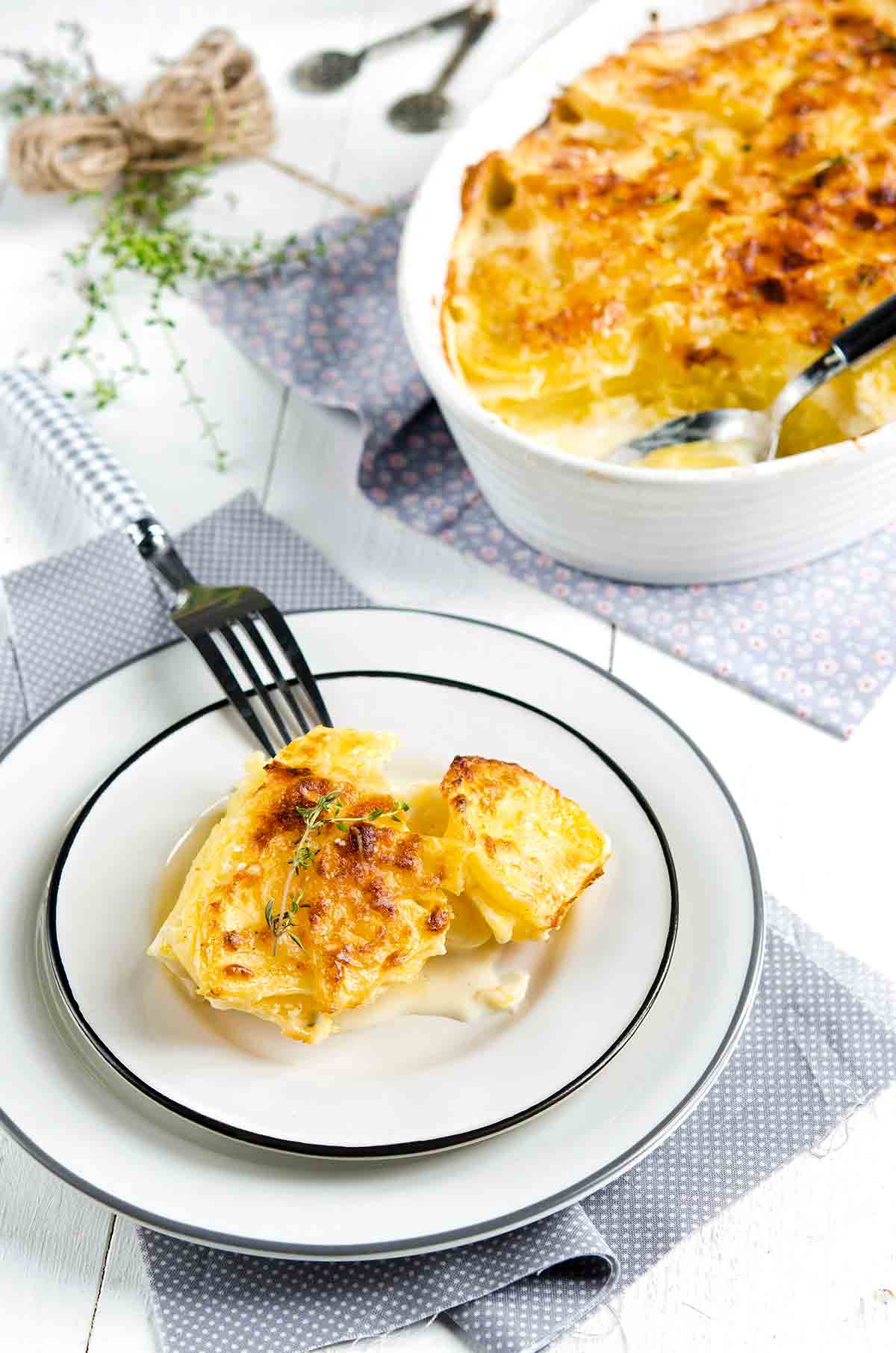
These quick scalloped potatoes from America’s Test Kitchen are over-the-top creamy and cheesy in the best possible way. They’re also easy as can be. Thinly sliced potatoes are simply boiled in cream, smothered with cheese, and baked until crisp on top and tender throughout. Best of all, they come together in a snap and can be assembled ahead. Enough said.–Angie Zoobkoff

Why Our Testers Loved This
Our recipe testers love that these creamy potatoes come together faster than traditional scalloped potatoes, thanks to par-cooking the potatoes in cream before baking. They also adore the crispy, cheesy topping. (Who wouldn’t?)
Notes on Ingredients
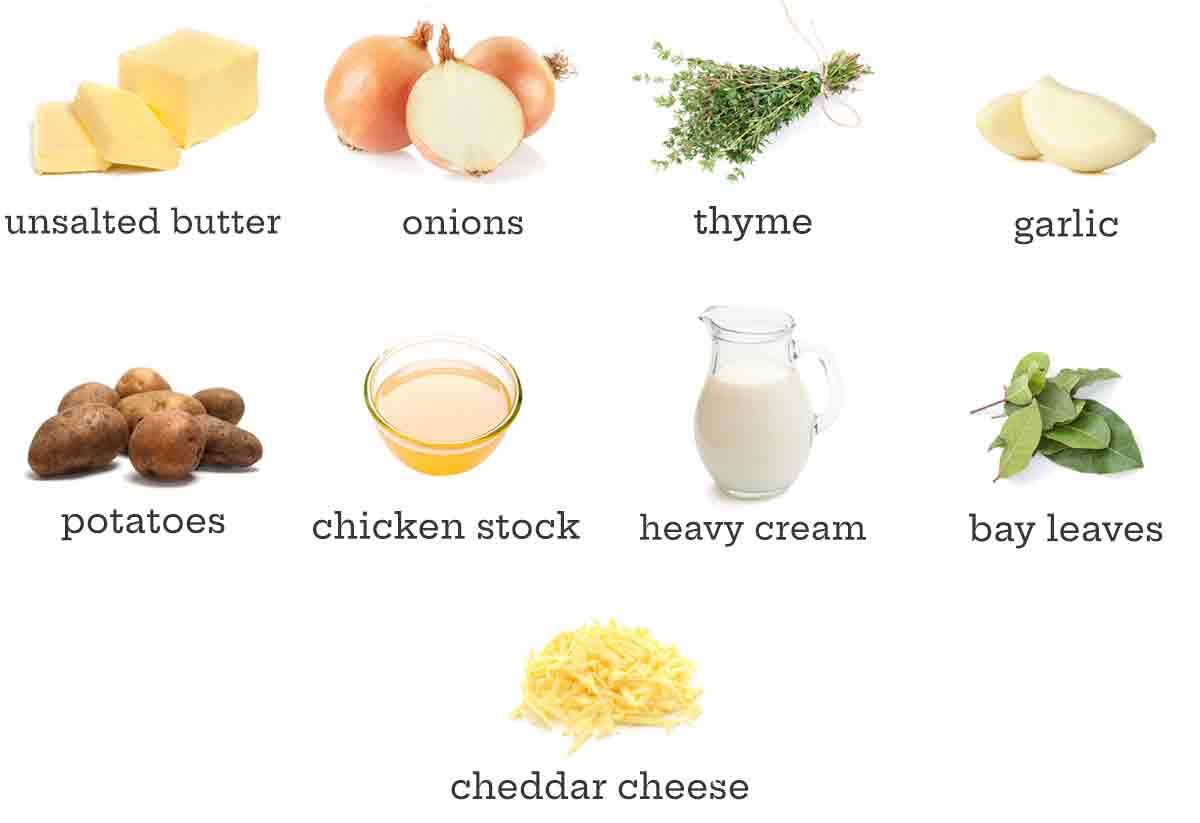
- Butter–it’s best to use unsalted butter here, but if you need to swap in salted, reduce the amount of salt in the recipe to 1 teaspoon.
- Chicken stock–if you use low sodium, no salt added, or homemade chicken stock, you may need to adjust the amount of salt in your cream sauce. Give it a quick taste after simmering the potatoes, and add salt if needed, keeping in mind that the cheese topping will add saltiness as well.
- Heavy cream–we’re all for keeping fat content in check, but these are rich and indulgent scalloped potatoes, and you want them to taste delicious. Use heavy cream here; milk or half and half won’t give you the same richness.
- Potatoes–you want a starchy potato that will hold up to baking. Russets are the best choice for this recipe, but Yukon Gold potatoes would also work well here.
- Cheddar cheese–stick with full-fat cheese here, and skip the temptation to buy pre-shredded cheese. Low-fat or pre-shredded cheese doesn’t melt well.
Common Questions
For best results, a mixture of the two. Start with your potatoes covered and cook until they are warmed through, then uncover and continue to cook until your cheese is melted, bubbling, and golden brown.
Yes, which makes these a perfect holiday side dish. You can simmer the potatoes in the cream mixture up to 1 day in advance, then pile everything into the baking dish and refrigerate until you’re ready to bake them.
You can, but we don’t recommend it, particularly if the potatoes are not fully cooked. Cream sauces can separate and turn grainy, and the potatoes can turn an unappetizing shade of grey. If you do want to freeze the potatoes, do so after they have been fully cooked and cooled, then rewarm them in the oven until heated through.
Traditional scalloped potatoes are made by cooking layers of potatoes with onions in cream, while potatoes au gratin are cooked with cheese or cheese sauce between the layers of potatoes, and are often topped with bread crumbs. Potatoes Dauphinoise also incorporates cheese, but uses a stronger flavored variety, such as Gruyère.
Pro Tips
- This recipe is designed to be made in a square 8-inch pan, like the one you use for brownies. You could also make it in an 11-by-7-inch pan, but if you want to use something larger, like a 9-by-13-inch baking dish, double the recipe.
- Try to cut your potato slices to the same thickness so that they cook evenly. A mandoline is a great tool for this.
Write a Review
If you make this recipe, or any dish on LC, consider leaving a review, a star rating, and your best photo in the comments below. I love hearing from you.–David

Scalloped Potatoes
Ingredients
- 2 tablespoons (1 oz) unsalted butter, plus more for the baking dish
- 1 medium (8 oz) onion, chopped fine
- 1 tablespoon minced fresh thyme or 1 teaspoon dried thyme
- 2 garlic cloves, minced
- 1 1/4 teaspoons salt
- 1/4 teaspoon freshly ground black pepper
- 2 1/2 pounds russet potatoes, peeled and sliced 1/8 inch (3 mm) thick
- 1 cup store-bought or homemade chicken stock
- 1 cup heavy cream
- 2 bay leaves
- 4 ounces Cheddar cheese, shredded (about 1 cup), or more to taste
Instructions
- Preheat the oven to 425°F (218°C). Adjust the oven rack to the middle position and lightly butter an 8-inch (20-cm) square or an 11-by-7-inch (28-by-18-cm) baking dish.
- In a Dutch oven over medium-high heat, melt the butter. Add the onion and cook until softened, 5 to 7 minutes.
- Stir in the thyme, garlic, salt, and pepper and cook until fragrant, about 30 seconds. Add the potatoes, stock, cream, and bay leaves and bring to a simmer.
- Cover and reduce the heat to medium-low. Simmer until the potatoes are almost tender, 7 to 12 minutes. The potatoes are ready when the tip of a paring knife can easily be slipped into a slice with just a little resistance. Don’t overcook the potatoes or you’ll end up with mushy scalloped potatoes.
- Discard the bay leaves and carefully transfer that luscious potato and cream mixture to the buttered baking dish. Use the back of a spoon to gently press the potato slices into a fairly even layer. (You can cover and refrigerate the scalloped potatoes for up to 24 hours.)
- Sprinkle with the Cheddar and bake until the sauce is bubbling, the edges of the potatoes are crisp, and the top is golden brown, 10 to 15 minutes. (If the scalloped potatoes were refrigerated, cover the dish tightly with buttered aluminum foil and bake in a 400°F (200°C) oven until warm throughout, 25 to 45 minutes. Uncover, top with the Cheddar, and continue to bake uncovered until the Cheddar is lightly browned, about 20 minutes.)
- Let the casserole cool for 10 minutes before scooping into it with a spoon and heaping creamy cheesy potato goodness onto plates.
Notes
- If you want to prepare these potatoes in a 9-by-13-inch baking dish, double the recipe.
- Use a mandoline for evenly sliced potatoes.
- The finished scalloped potatoes can be stored in a covered container in the fridge for up to 3 days, or frozen for up to 1 month. Don’t freeze before baking.

Nutrition
Nutrition information is automatically calculated, so should only be used as an approximation.
Recipe Testers’ Reviews
Holy hell, are these scalloped potatoes good. They’re super rich in a good way and not in an OMG-I-can’t-move way. We’re potato people, so I served these as a main dish with various toppings—like super deluxe baked potatoes—and everyone came away happy. They’re a lovely holiday or special make-ahead side dish as well as an option for weeknight dinners thanks to those make-ahead directions.
They only took about 30 minutes to get from whole spuds to the casserole dish. Next time, I’ll decrease the amount of dried thyme. If I chose to use fresh, I’ll toss in the whole stem and pluck it out when I fish out the bay leaves. I’ll also slice the potatoes a hair thicker as they cooked quickly (I only needed about 7 minutes simmering) but clumped a bit while simmering and got a little too soft while baking.
The casserole stays warm quite a while and tastes just fine on the warm side of room temperature, making it lovely for a buffet.
This scalloped potatoes recipe was easy to make. The result was a crispy-on-top, tasty dish of scalloped potatoes.
I used yellow potatoes instead of russet. Using a mandoline made quick work of slicing. It took about 10 minutes in the oven for the edges to get crispy and bubbly. I used an Emile Henri pan so I just transferred the potatoes from the stove to the oven in the same pan.
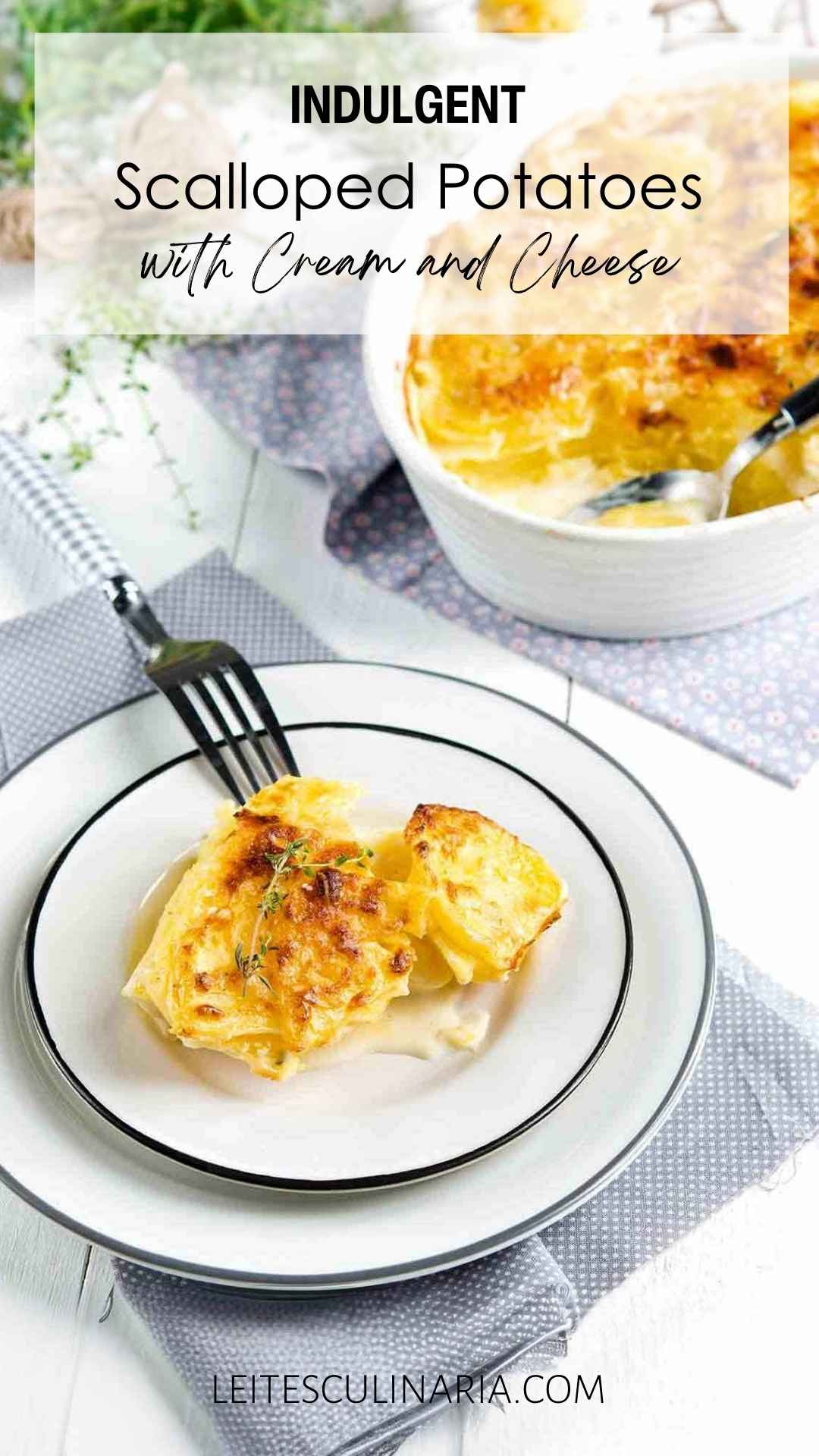


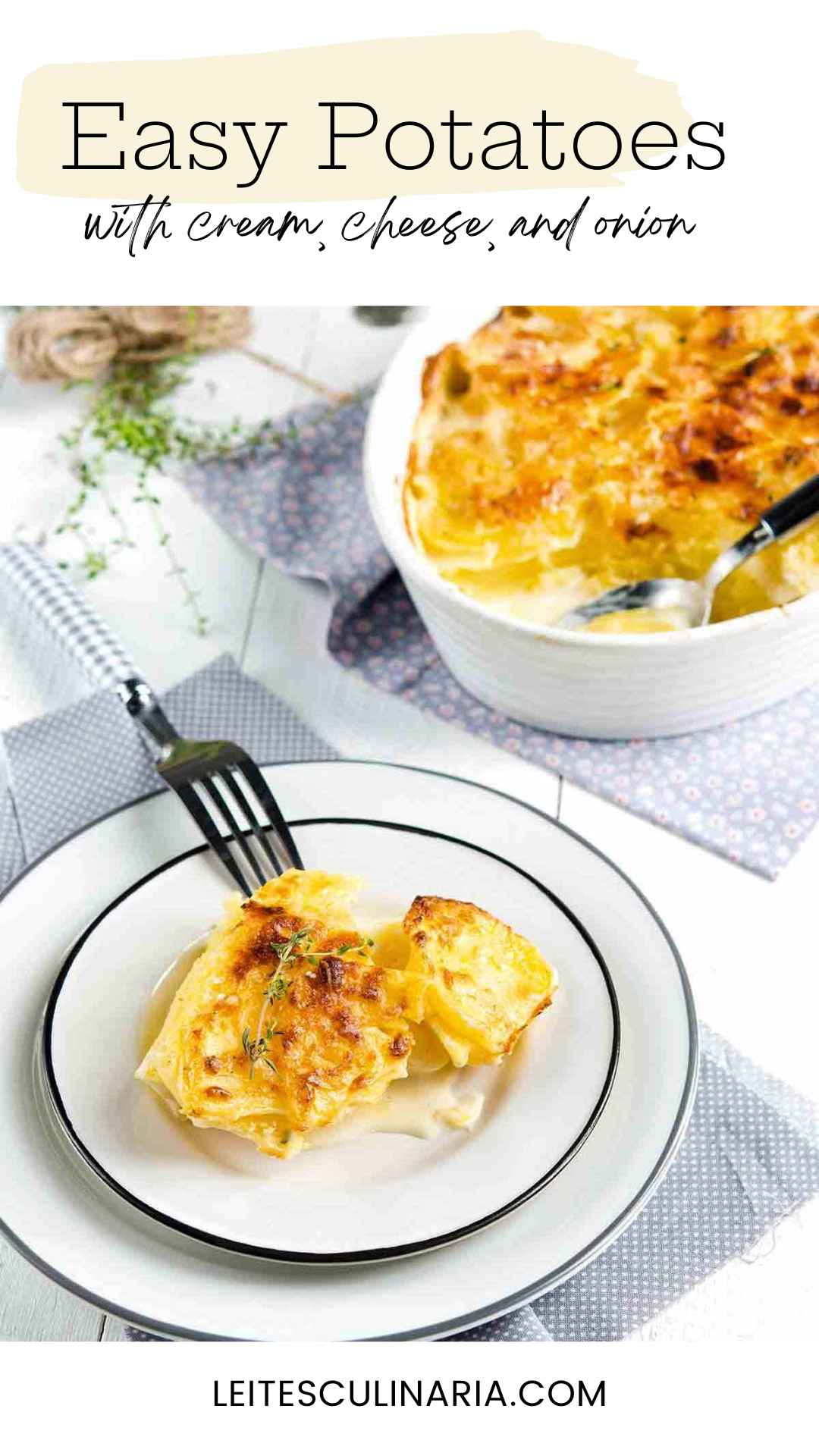
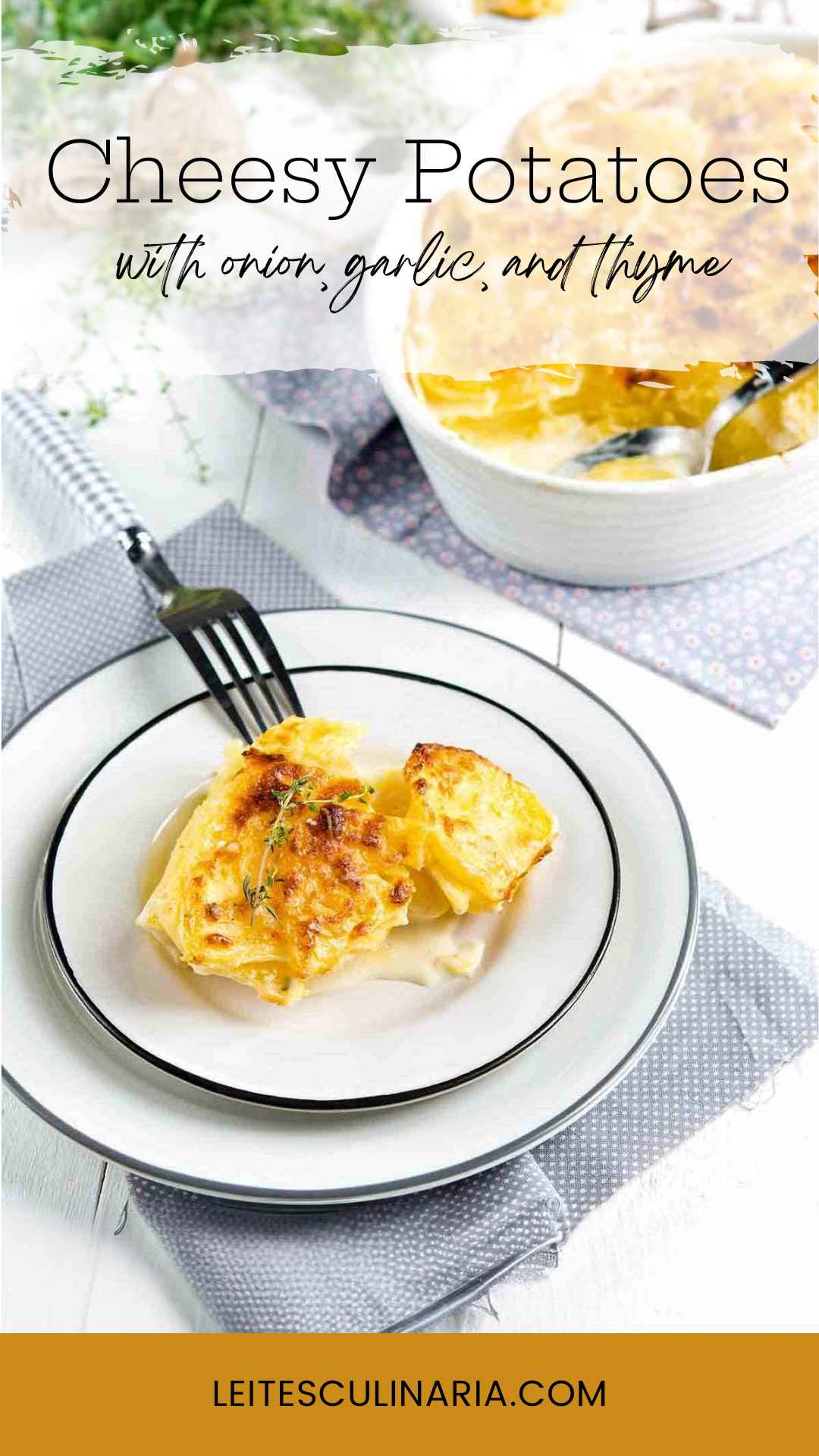
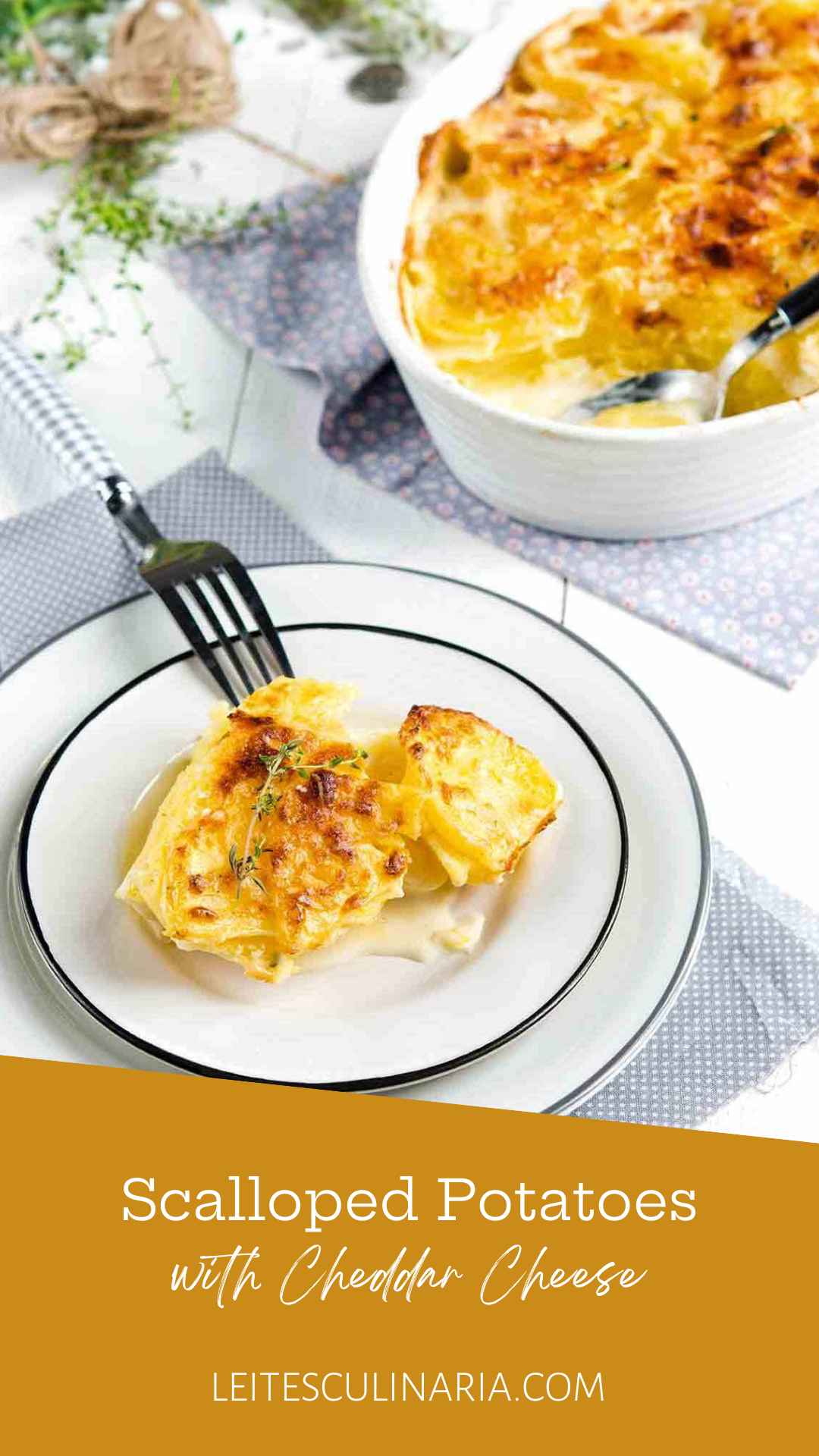
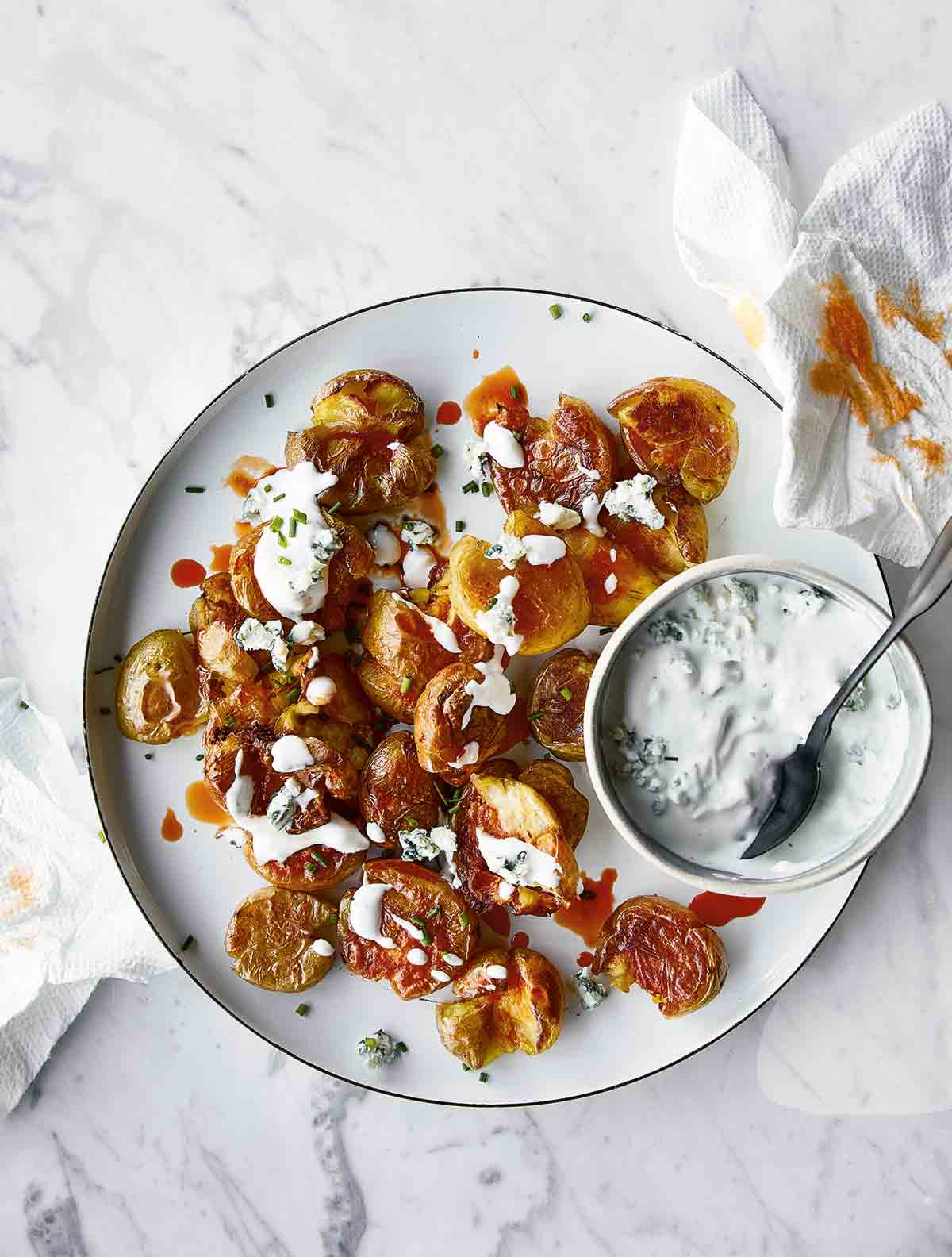
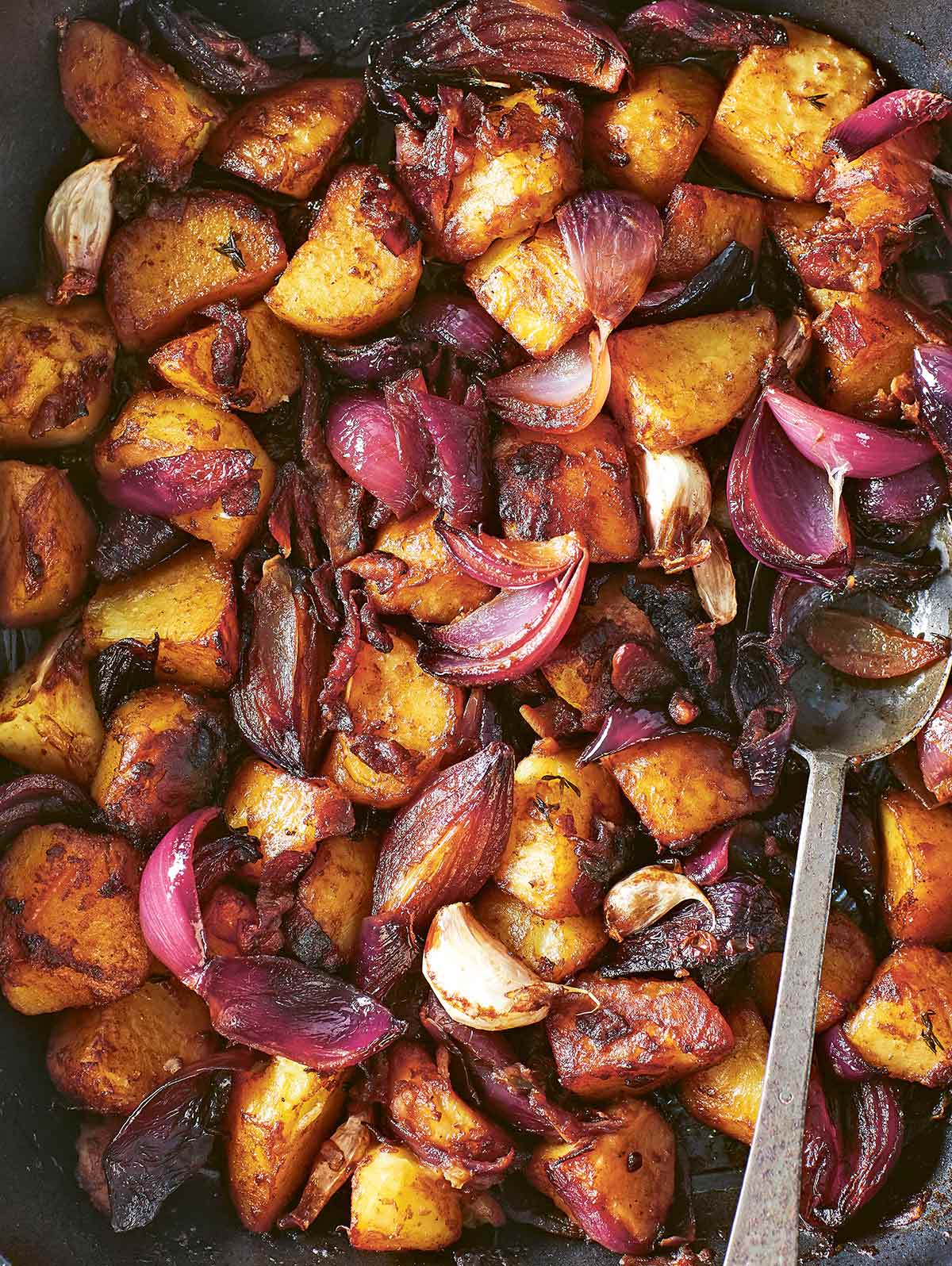











Just perfect, made no adaptions and have saved it to my loved recipes, thank you!!
You’re welcome, Miia. Thank you for taking the time to let us know.
Older recipe that makes the rounds and it’s a keeper for sure. I have variants with the herbs, cheese and even the onion and garlic that I have used wildly successfully over the years. Use minced black garlic [doesn’t need to be part of the sweating out process, I just sprinkle and dot some in before covering] and a mix of a good aged Chedder and Gruyere and sub in minced fresh rosemary and sweating medium shallots off instead in the initial sweating of the onions.
I’ve actually also altered a step and made the cheese sauce with the assistance of a blended in sodium citrate and simmer the potatoes in the sauce. The sodium citrate just prevents the sauce from breaking, though Kenji will disagree with me! He likes his slightly broken.
Um, J, that’s damn impressive! I love your tweaks. And you’ll be seeing a lot of golden oldies in the coming months. We have soooo many new readers who’ve never tried some of our classics, that we decided to zhuzh them up and share. Your comment is perfect because it gives newer readers so great suggestions.
I made this to go along with a small ham for Christmas dinner for the three of us. It was really good, and really very simple. I think that the flavour and texture was far better using stock and cream instead of just dairy, as many scalloped potato recipes do. It looked like a lot of onion at first, but it melted away into the sauce beautifully, and the thyme and garlic were so good. I used russet potatoes, and it did take the full 12 minutes to get tender, and I did end up adding about another 1/4 cup stock to the pot as it seemed to lose some liquid during the times I had to uncover it to stir. The sauce came out perfect, so I would definitely use 1.25c again. I did grate about 50g extra of cheese that I added to the mix after it was done cooking to enhance the sauce. I was making them a bit ahead of time, so they rested on the counter, covered, for about 1.5 hours before being baked. They were actually still quite hot, so baked for 20 minutes covered, then about 30 minutes uncovered. Definitely give them a good 15 minutes resting time after baking before you dig in, as they will be molten hot, and it gives them time to set-up a little. I would say that the recipe serves six if you have many other side dishes, or serves four hungry adults because they go back for seconds. Thank you for the recipe!
You’re welcome, Cynthia! Thank you so much for your very detailed comment. We so appreciate it when readers share their experience with us! Can’t wait to hear what you make next.
Can I substitute 5% cream for heavy cream? My daughter doesn’t like milk.
P, we haven’t tried it this way, so we can’t say for certain how it will turn out. You’ll likely still get tender, creamy potatoes, but they won’t be quite as rich, and the sauce will be a little less thick and creamy. Do let us know how it works for you.